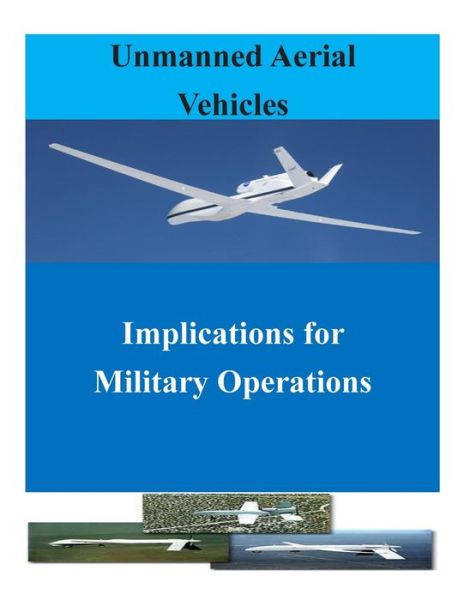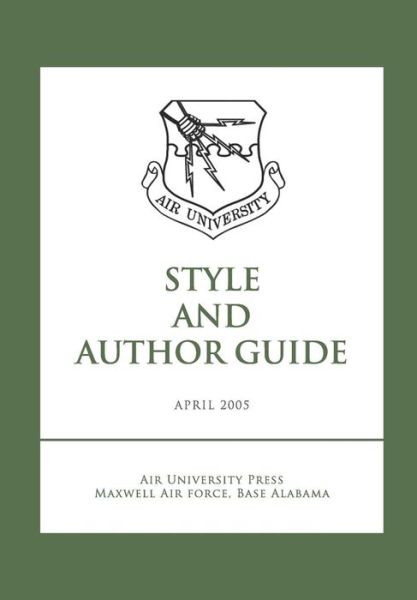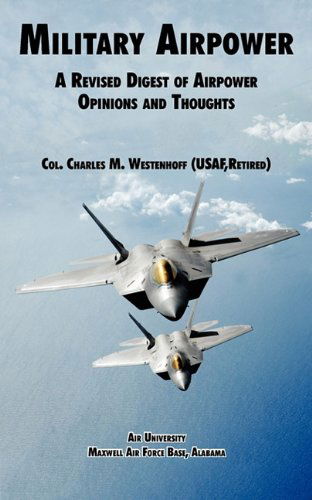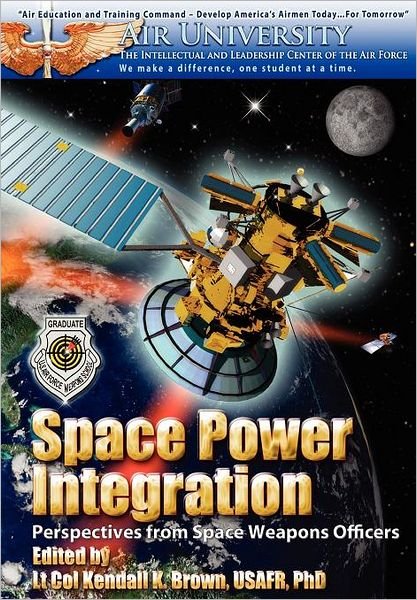
Tell your friends about this item:
Concentrating on Dispersed Operation: Answering the Emerging Antiaccess Challenge in the Pacific Rim
Air University Press
Concentrating on Dispersed Operation: Answering the Emerging Antiaccess Challenge in the Pacific Rim
Air University Press
Publisher Marketing: Potential adversaries of the United States recognize that its ability to globally project combat power is essential to maintaining military dominance. Degrading US combat power projection requires a strategy of access denial which consists of geopolitical and military measures. In the Pacific Rim, the development of antiaccess capabilities is accelerating. Specifically, China has increased its procurement of ballistic, cruise, and antiship missiles, sea mines, and diesel submarines with a special focus on anticarrier operations. Although China seems focused on naval forces, the antiaccess challenge affects all services. Since the Pacific Rim continues to emerge as a global region of importance, the United States must implement access-enhancing measures now to optimize its power-projection capability in future operations. The central question for the Air Force centers on how land-based airpower can assist in answering the emerging antiaccess challenge in that region. This is not the first time the United States has faced a significant antiaccess challenge. It encountered a severe challenge from the Soviet Union during the Cold War when confronted with multiple nuclear delivery means that threatened US military forces overseas and stateside. The US answered this antiaccess challenge in a multifaceted approach that, if applied today, would enhance our efforts in the Pacific Rim. First, US Air Forces in Europe (USAFE) implemented dispersal plans for US tactical forces in Europe. Second, Strategic Air Command (SAC) put in place an operational concept called Reflex Action, which enhanced the survivability of the long-range bomber force through dispersal and forward-deployed alert operations supported by an early warning system. Third, the successful pursuit of a strategic triad allowed the United States to retain a strategic advantage throughout the Cold War. The insights gained from implementing these countermeasures to the Soviet threat will benefit the United States as it deals with a growing Pacific Rim antiaccess challenge. The Pacific Rim dispersed operational concept enhances the survivability and sustainability of US military forces against a robust and growing antiaccess threat by incorporating the most significant lessons derived from countering the Soviet threat during the Cold War. It revolves around a three-tier system, which allows for the maximum dispersion of air assets while retaining operational cohesion, even as it lends diplomatic strength to US ties with nations in the region. The Pacific Rim dispersed operational concept complements existing US force structure and is congruent with USAF operational concepts and planned procurement programs. The operational concept supports integrated joint operations; the Air Force's Global Strike concept of operations (CONOPS); and the procurement of F/A-22, F-35A, and unmanned combat aerial vehicle weapon systems. The genesis of this concept is rooted in the expeditionary efforts of SAC and USAFE to meet and defeat the Soviet antiaccess challenge. The Pacific Rim dispersed operational concept provides a comprehensive, survivable basing framework, which enables a balance of inter- and intratheater air assets in conjunction with joint and coalition forces to most effectively and efficiently achieve decisive results.
| Media | Books Paperback Book (Book with soft cover and glued back) |
| Released | October 26, 2014 |
| ISBN13 | 9781502959478 |
| Publishers | Createspace |
| Pages | 82 |
| Dimensions | 216 × 279 × 4 mm · 213 g |
More by Air University Press
See all of Air University Press ( e.g. Paperback Book and Hardcover Book )

 Christmas presents can be returned until 31 January
Christmas presents can be returned until 31 January

































